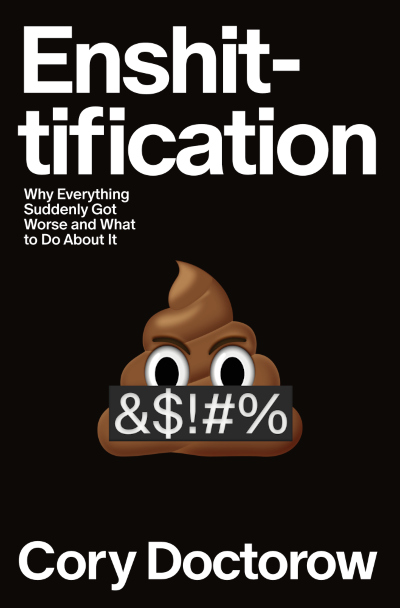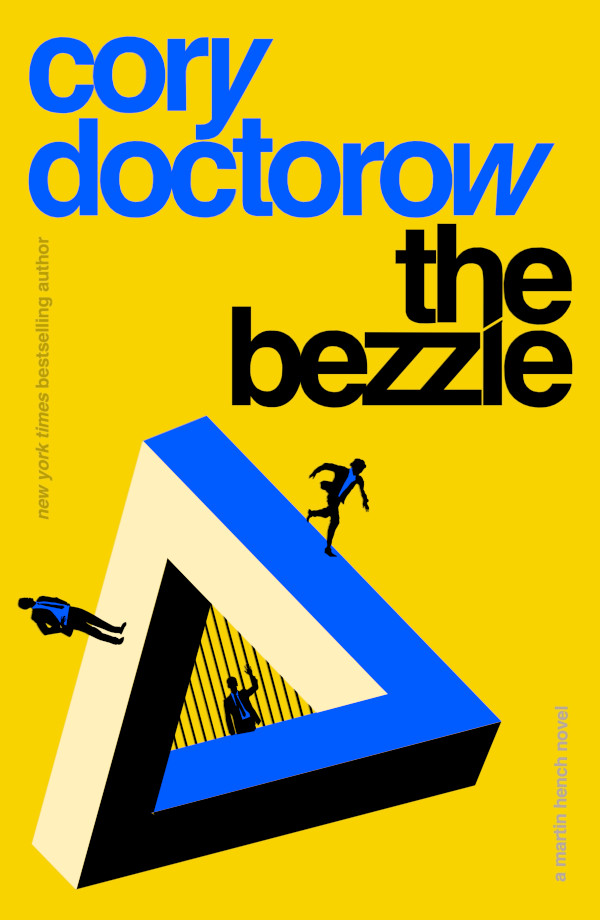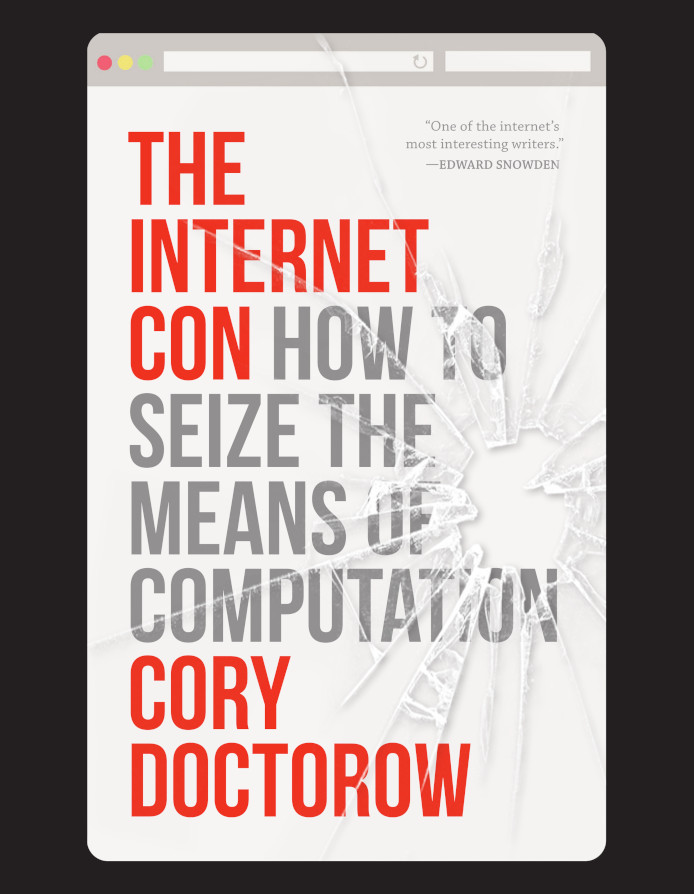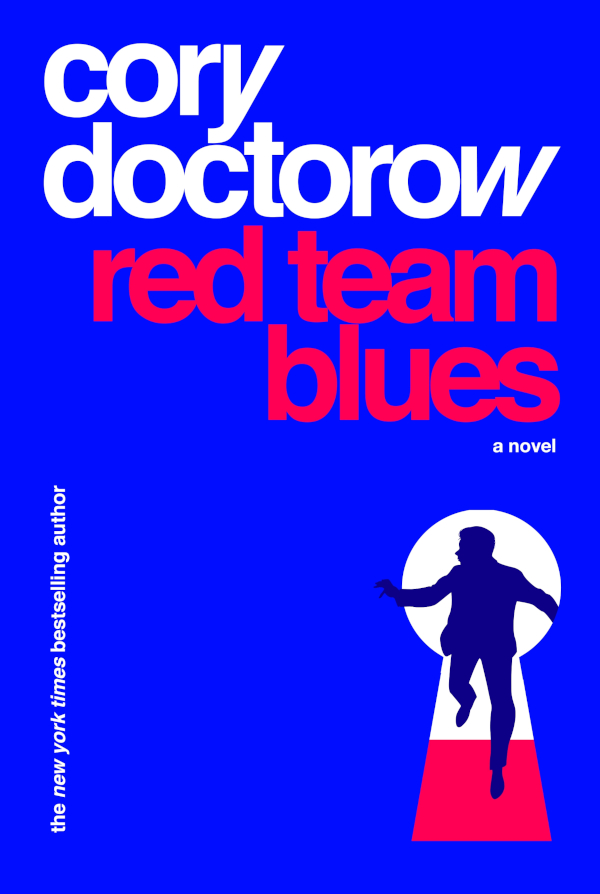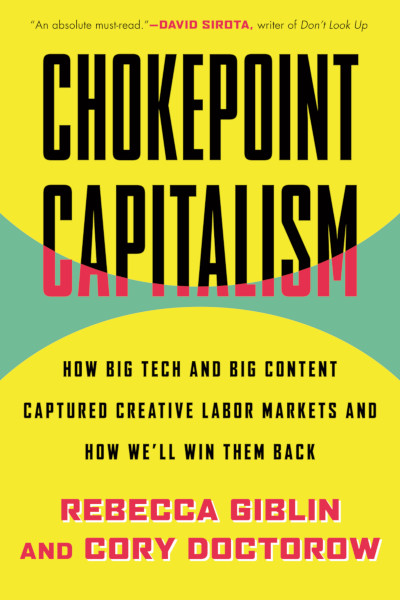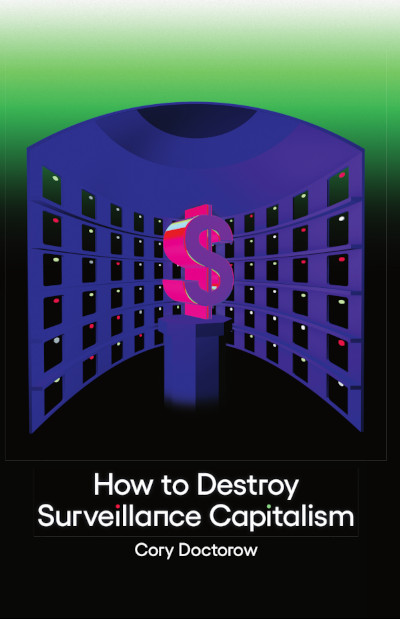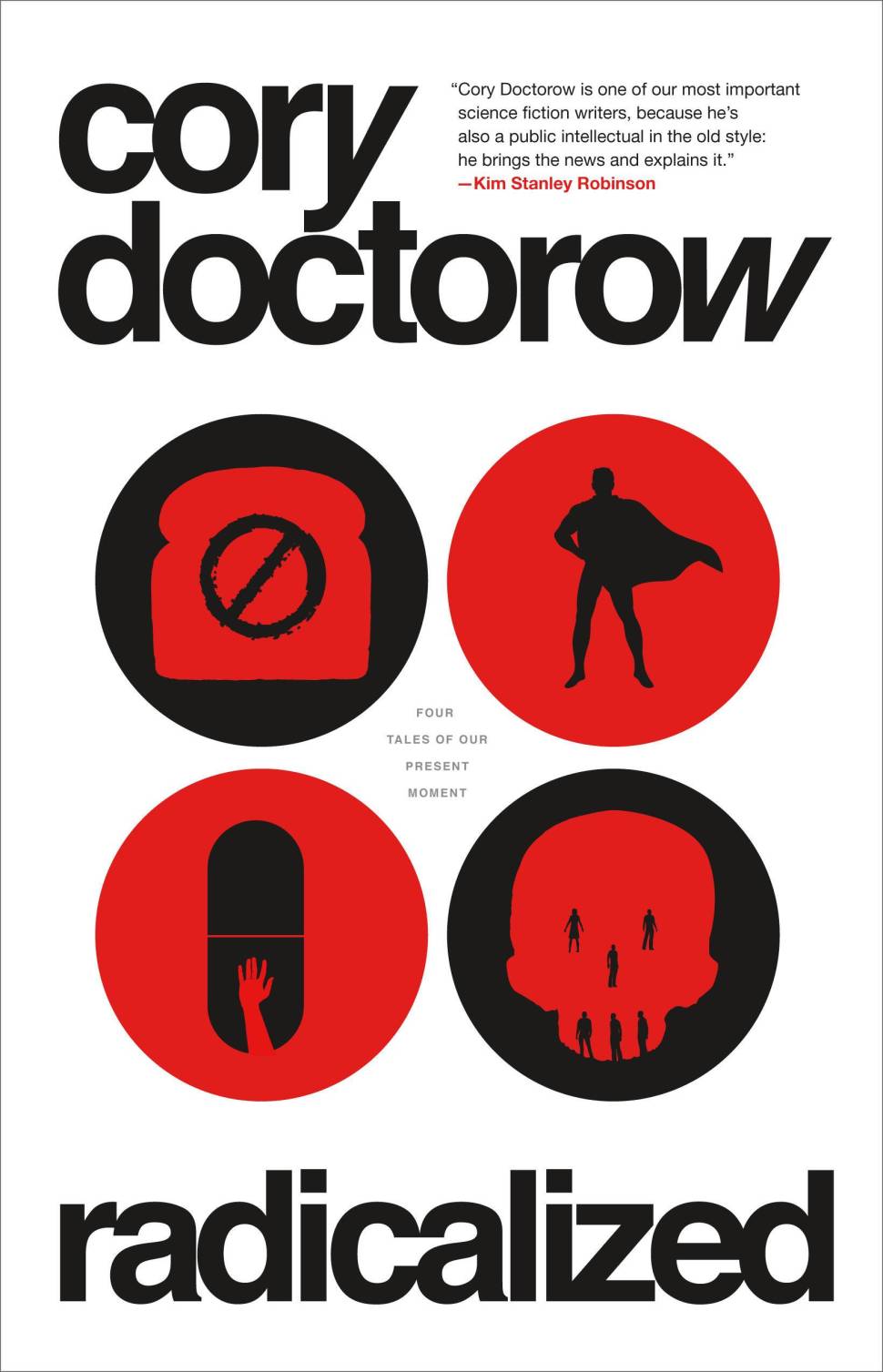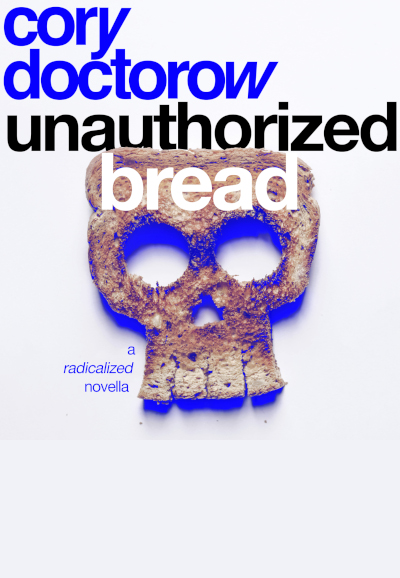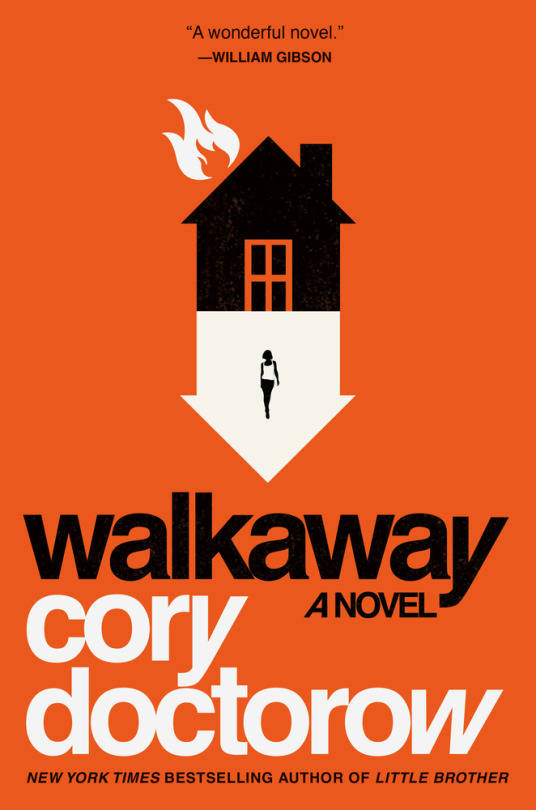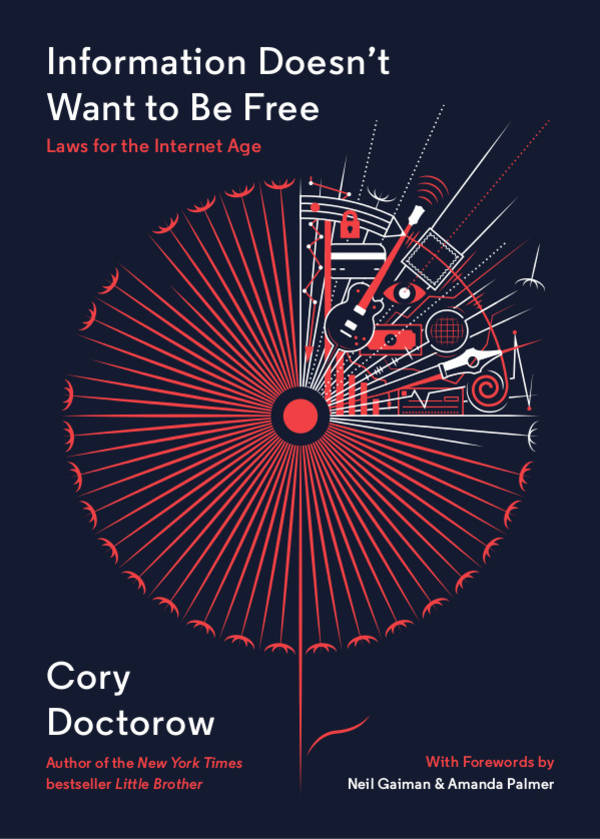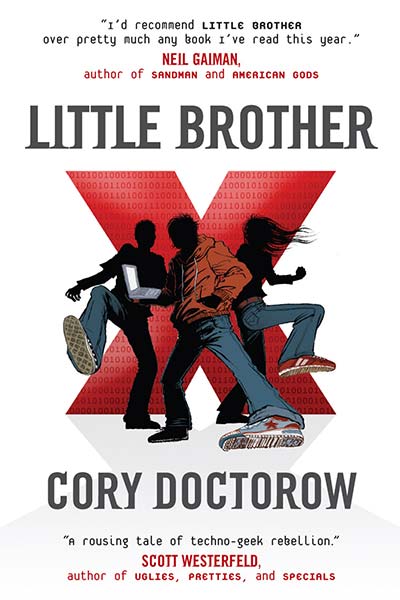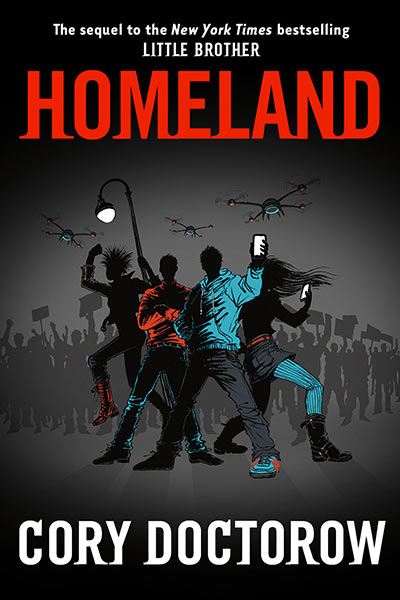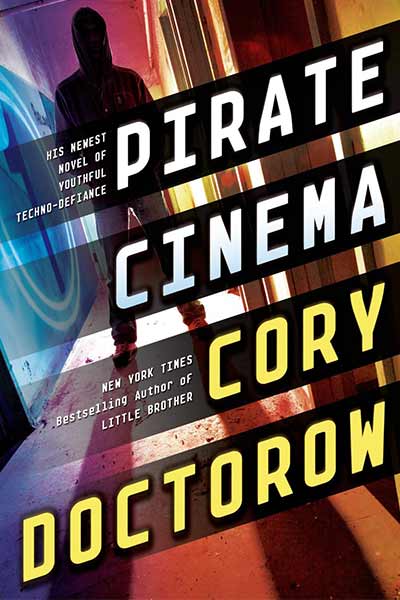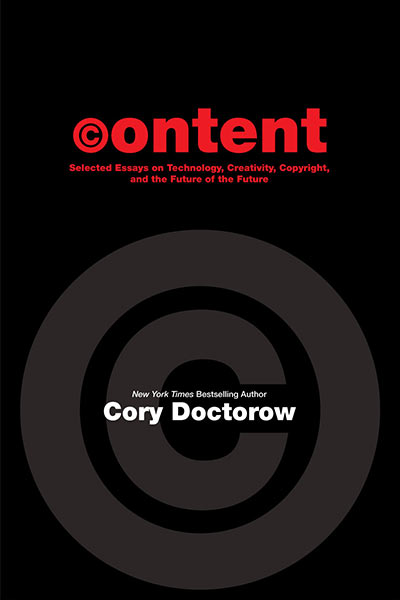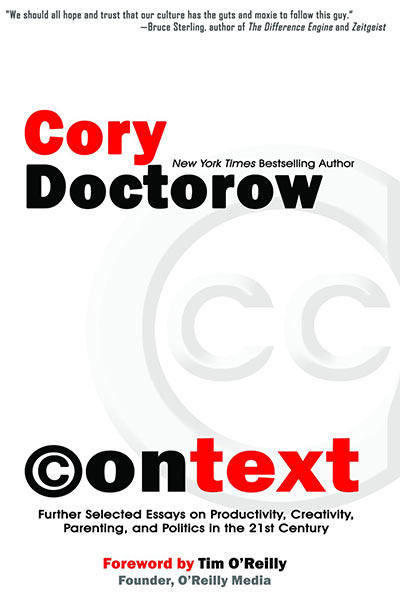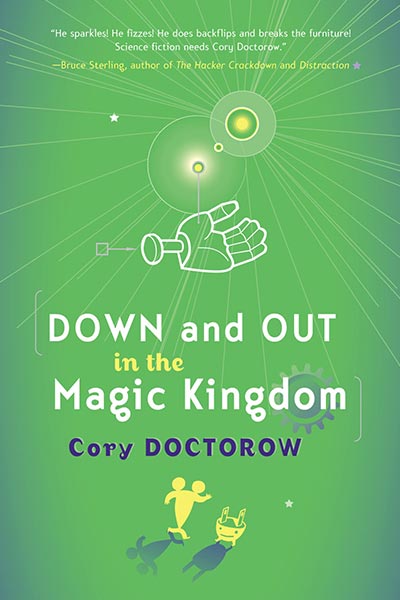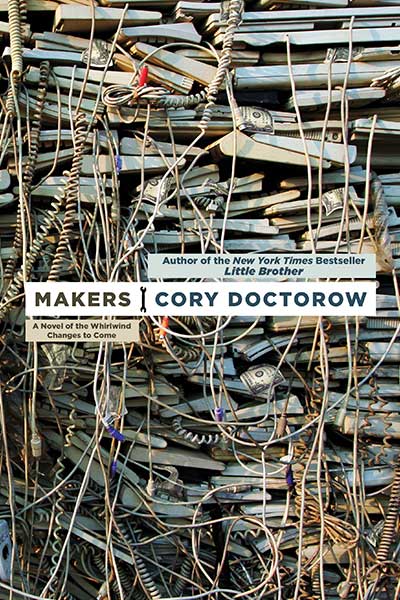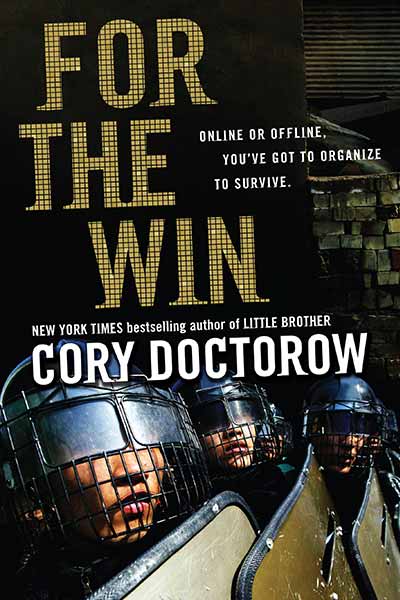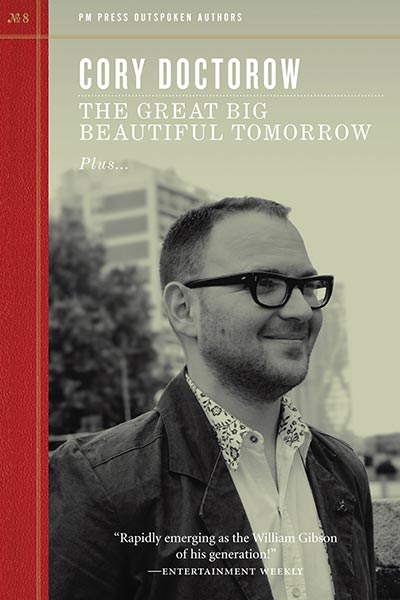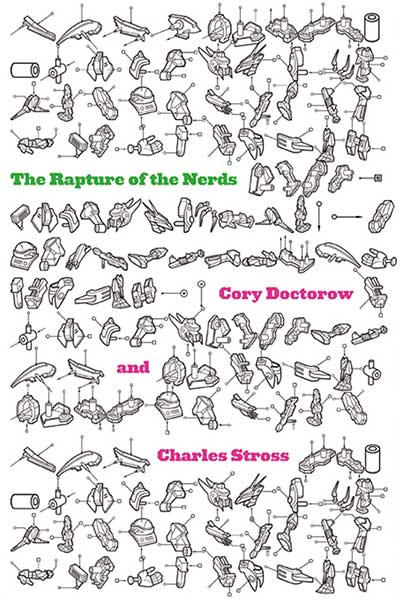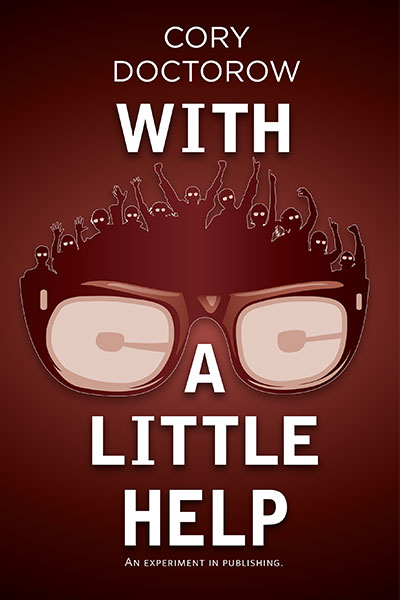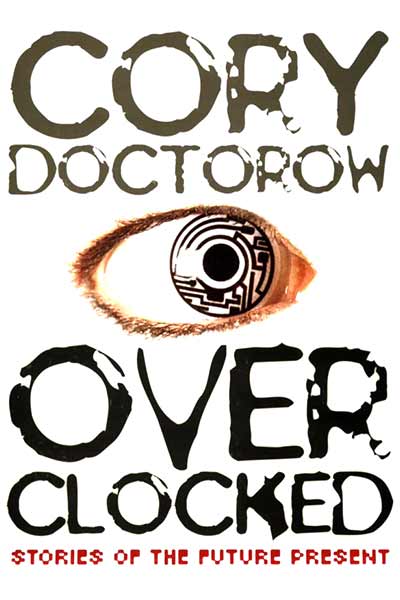I’m proud and excited beyond words to see the running notes from the work being done in Chicago by a group of students and a facilitator from the Mozilla Foundation’s Hive NYC on a number of video projects using Mozilla’s Popcorn technology and my novel Little Brother. Here’s an introductory set of notes on the project from leahatplay at Mozilla’s Hive Learning Network NYC.
The result is the following challenge: To create a video that builds on the interactive and participatory nature of the web through peer sharing and collaboration. In practice, it’s a scavenger hunt with digital media content generation. Teams are given lists of assets to collect and lists of Popcorn features to include in their video. Then they work together to collect assets to build videos with specific themes and characteristics. We insert mini-challenges throughout the activity. To the users they seem like funny digressions. For us they are designed to have a cumulative effect. The goal of the mini-challenge is to fine-tune thinking about the web’s infrastructure and provide a practice space for producing engaging web content that can be incorporated into the final deliverable.We begin the day by cutting the activity sheets into sections. Since the steps of creating the web-native video will be “unlocked” by different mini-challenges, having everything on-hand and easily accessible is key. Pizza arrives early so we fuel up. I’m wearing my “Adopt Mozilla” T-shirt, it has become crucial gear for these moments when I channel my inner Tim Gunn and RuPaul. Our goal for the experience is a sense of levity, fun and exploration that we hope will encourage the teens to seek out different styles and modes of production.





